Hey there, wanderers! Are you ready for an adventure off the beaten path? Let us introduce you to the enigmatic wonderland that is Montana.
Montana is a vast expanse of rugged wilderness, where nature reigns supreme and the air is crisp with untamed freedom. But what sets it apart from other states? Why does it defy the gravitational pull of bustling cities?
Montana holds the title for one of the lowest population densities in the entire United States.
Montana’s unpopulated allure is also intertwined with its rich Native American populations and a deep-rooted connection to the land.
It’s a place where culture and wilderness coexist in harmony, creating a truly unique tapestry.
- Related article: The Feel of Montana Living
So, my fellow adventurer, if you’re seeking solitude, breathtaking vistas, and a chance to immerse yourself in the untamed beauty of the great outdoors, Montana is calling your name.
Get ready to embark on a journey where open skies and endless possibilities await. Let’s explore the secrets of Montana’s unpopulated paradise together.
Montana’s Population History
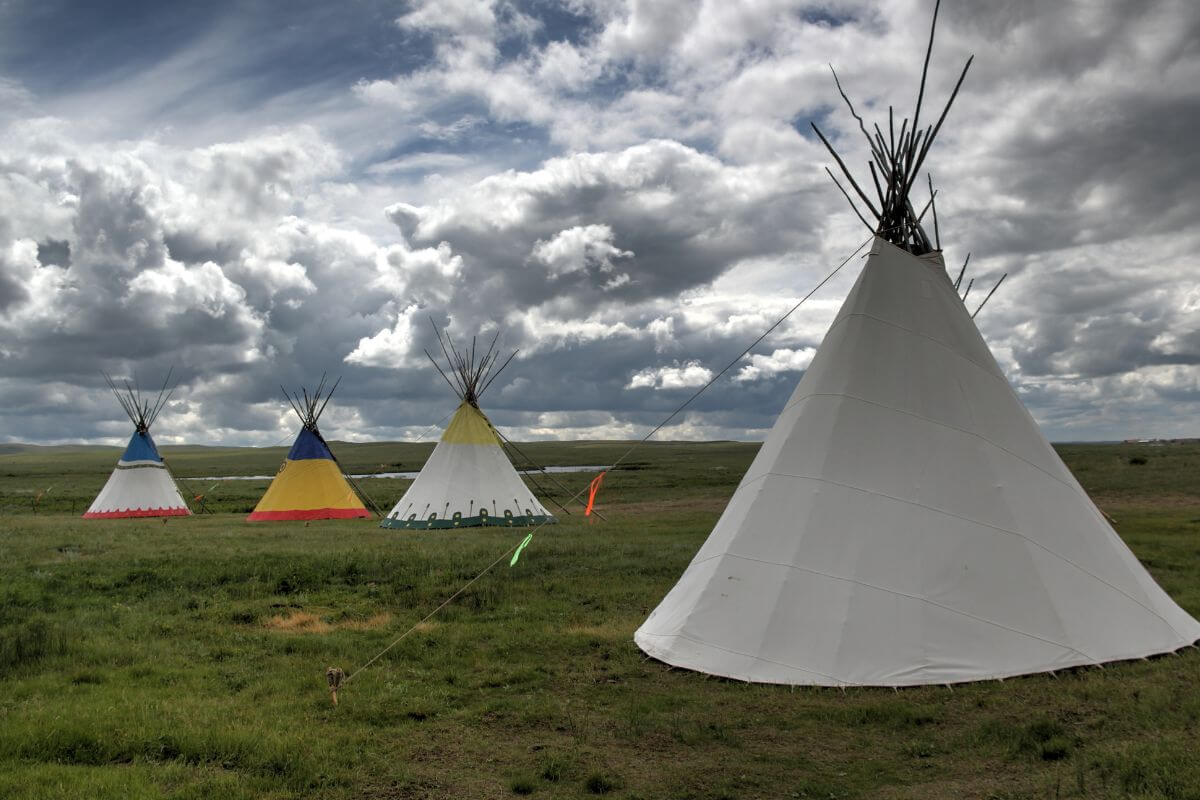
Allow us to take you on a journey to the early days of this enigmatic land, where the first settlers and Native American tribes wove the tapestry of its population history.
The series of events that defined Montana’s early days set the stage for the vibrant, diverse, and resilient population that would come to inhabit Montana.
Montana’s Native American Population During the Pre-Colonial Period
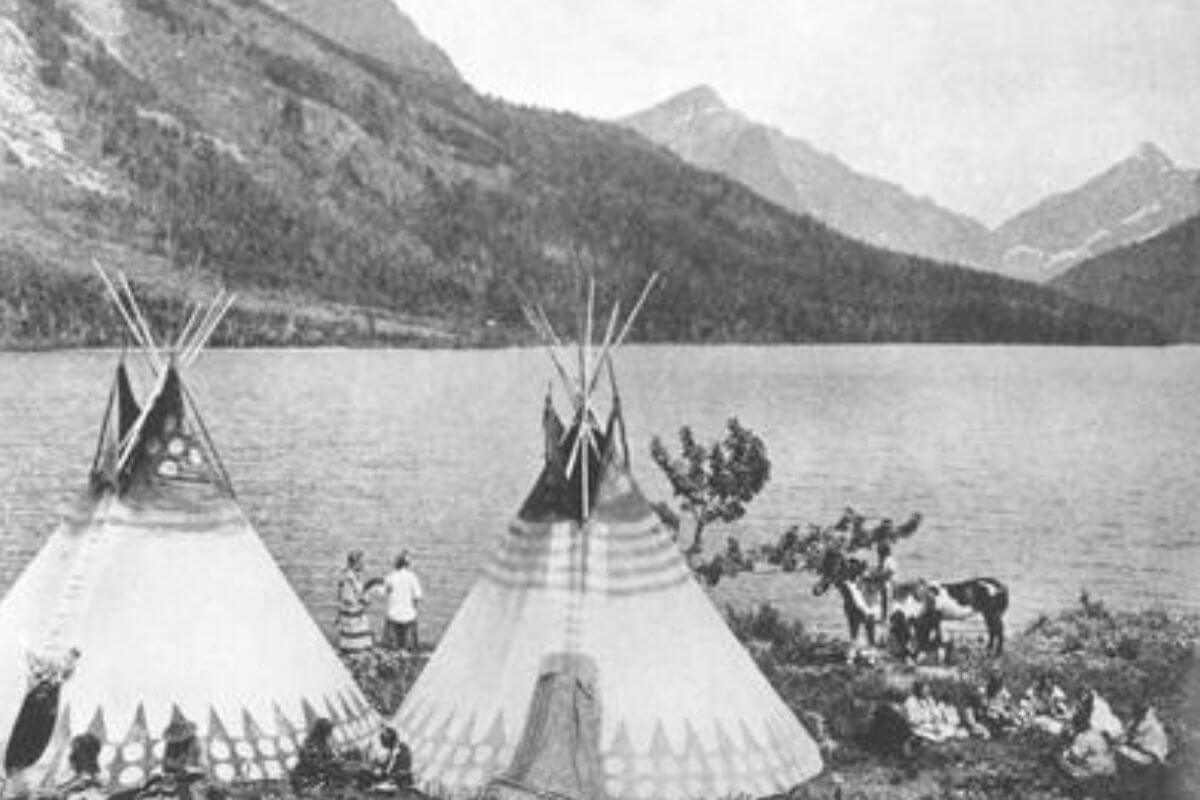
Around 40,000 to 14,000 years ago, during North America’s pre-colonial period, what is now known as present-day Montana is a place called home by various indigenous tribes.
According to a National Geographic article, pre-colonial Montana was first inhabited approximately 12,600 years ago.
In subsequent years, several tribes such as the Kalispell, Crow, Cheyenne, and Blackfeet settled in Montana.
Each tribe followed its own seasonal movement in which they would move from one place to another to adapt to the availability of resources at different seasons of each year.
These seasonal rounds gave them the opportunity to do things such as fishing, hunting, and harvesting. It also allowed them to conduct specific ceremonies at appropriate times and places.
Through well-established routes, trade became a crucial activity among the natives as it allowed tribes to acquire goods and raw materials from other distant tribes.
It provided opportunities to share news, celebrate together, form alliances, and even intermarry.
Unfortunately, with the arrival of early European explorers and eventual Euro-American settlement, the lives of Montana’s indigenous inhabitants were significantly altered.
Many tribes were confined to reservations, limiting their access to the resources they traditionally gathered during their seasonal rounds.
However, bison, which was central to tribal economies as a source of food and energy, came to the brink of extermination and this resulted in starvation for many indigenous people.
It is without a doubt that Montana’s Native American population during the pre-colonial period thrived through its connection to the land and its diverse ways of life.
The arrival of colonizers had a lasting impact, changing the trajectory of the region’s history and present-day demographics.
Fast forward to modern times, and here’s a look into what life is like for Native Americans in Montana. Here is the Blackfeet tribe celebrating the homecoming of the American Buffalo.
Montana’s Population Changes Over Time
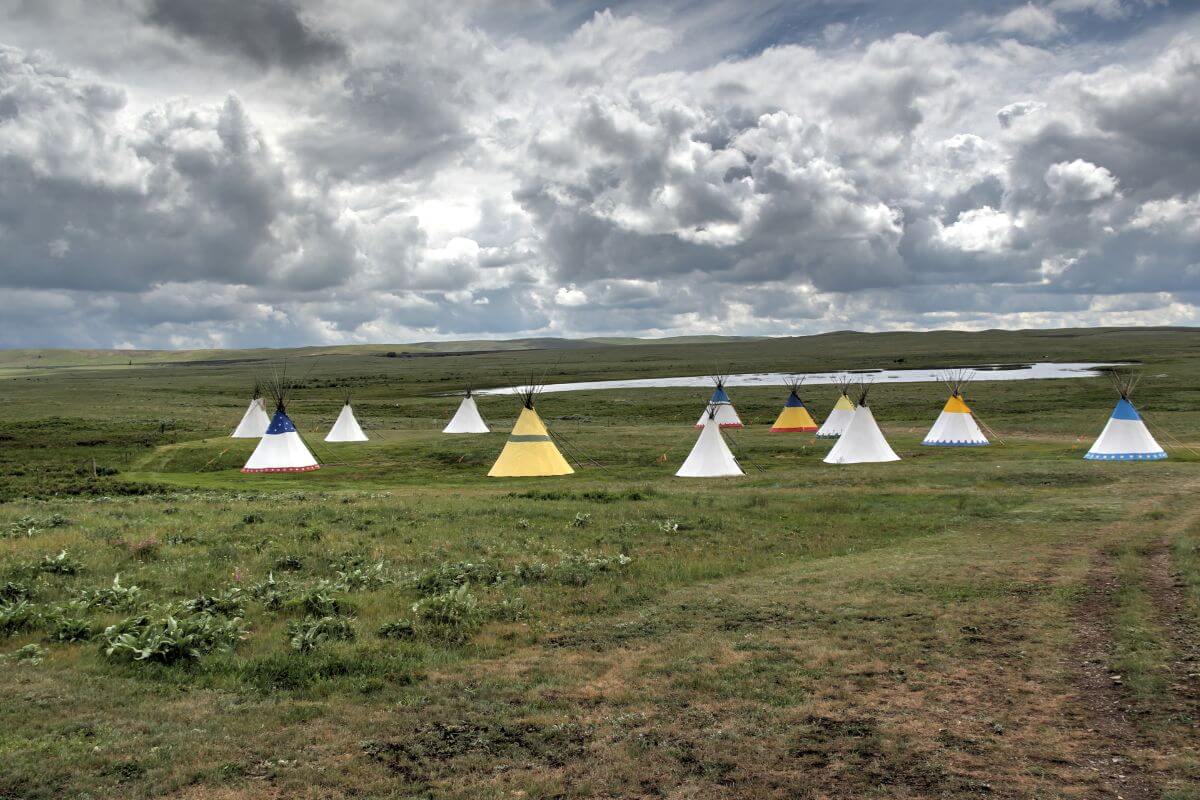
As of July 1, 2022, Montana’s population stands at an estimated 1,122,867, a 3.6% change compared to April 2020.
According to the US Census Bureau, the racial composition of Montana is predominantly white, accounting for 88.7% of the population.
Native American and Alaska Native make up 6.5%, Asian 1.1%, African American 0.6%, Pacific Islander or Native Hawaiian 0.1%, Two or more races 3.0%, and Hispanic or Latino 4.5%.
Over the past few decades, Montana has experienced steady population growth.
From 2000 to 2019, the population of Montana increased from approximately 903,773 to an estimated 1,122,867, reflecting a growth rate of about 19.5%. In comparison, the overall US population grew by only 0.6% during the same period.
Most of Montana’s population growth has been concentrated in the Western Mountain region.
It’s no surprise that the region’s majestic mountains, pristine streams and lakes, and abundant public lands have become major attractions for new migrants to the state.
These natural amenities serve as powerful magnets, drawing people to Montana.
In addition to the natural beauty, Montana’s small cities have also played a significant role in the state’s growth and change.
Emerging as bustling centers of economic activity, these cities offer high-quality living and working environments, contributing to the overall appeal of Montana as a desirable place to call home.
However, despite the steady population growth, Montana remains sparsely populated outside of urban centers.
The state’s vast land area and geographic features contribute to a low population density, creating pockets of remote and rural areas that have struggled to attract and retain residents.
Montana’s Low Population
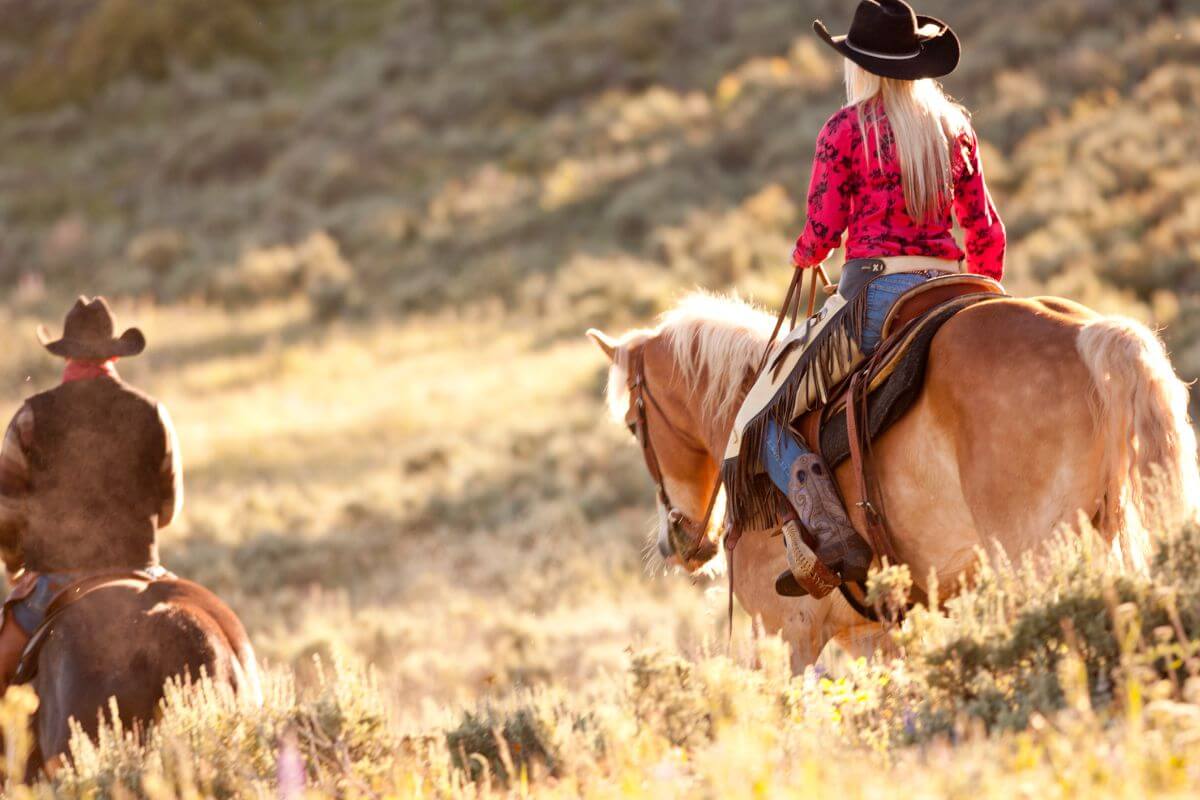
Quite perplexing to the majority is Montana’s low population despite its breathtaking landscapes, endless options for outdoor recreational activities, and world-renowned national parks.
With all of these things that a state has to offer, why is it that not many people are flooding the Treasure State?
Montana: Living Challenges

In the 20th century, Montana’s population of residents saw a shift in its distribution. Huge swaths of Eastern Montana, with its vast open plains and sparse settlements, witnessed a decline in population.
Montana’s reputation for being sparsely populated can be attributed to various challenges that discourage people from settling in the state. Here are some factors contributing to this perception:
- Extreme Weather and Wildlife – Montana experiences harsh winters with heavy snowfall and freezing temperatures. Additionally, the presence of mountain lions and other wildlife can be a concern for those not accustomed to living in close proximity to these animals.
- Poor Healthcare Access Compared to Other States – Montana has a lower number of healthcare providers per capita, making it more difficult for residents to access quality medical care, especially in rural areas.
- Isolated Living – Montana is known for its vast and sparsely populated landscapes. This solitude may be appealing to some, but for those who prefer a more connected and bustling community, the lack of urbanization and small cities in the state may be a deterrent.
- Limited Economic Opportunities – With a small population and limited commerce and trade, Montana has fewer job opportunities compared to more populated states. This can make it challenging for individuals seeking employment or career growth.
- Higher Cost of Living – The cost of living in Montana can be comparatively higher than in other states, particularly in terms of housing and transportation expenses. This can put a strain on the finances of individuals and families looking to settle in the state.
- Long Commutes to Work – Due to the rural nature of the state, many residents may have to commute long distances to access basic amenities such as grocery stores, healthcare facilities, and workplaces. This can be time-consuming and inconvenient for those who prioritize a shorter daily commute.
Even when Western Montana attracted a steady stream of newcomers with its majestic mountain vistas and abundant natural resources, the state’s current population remains sparsely distributed, with a low density of people outside urban centers.
For many, however, Montana’s living challenges also contribute to the state’s unique character and appeal to those seeking a more remote and outdoor-focused lifestyle.
Traveling through the state, you can drive for a couple of miles without encountering another soul, allowing you to truly immerse yourself in the unpopulated beauty of Montana’s breathtaking landscapes.
Montana Population: A Demographic Rundown
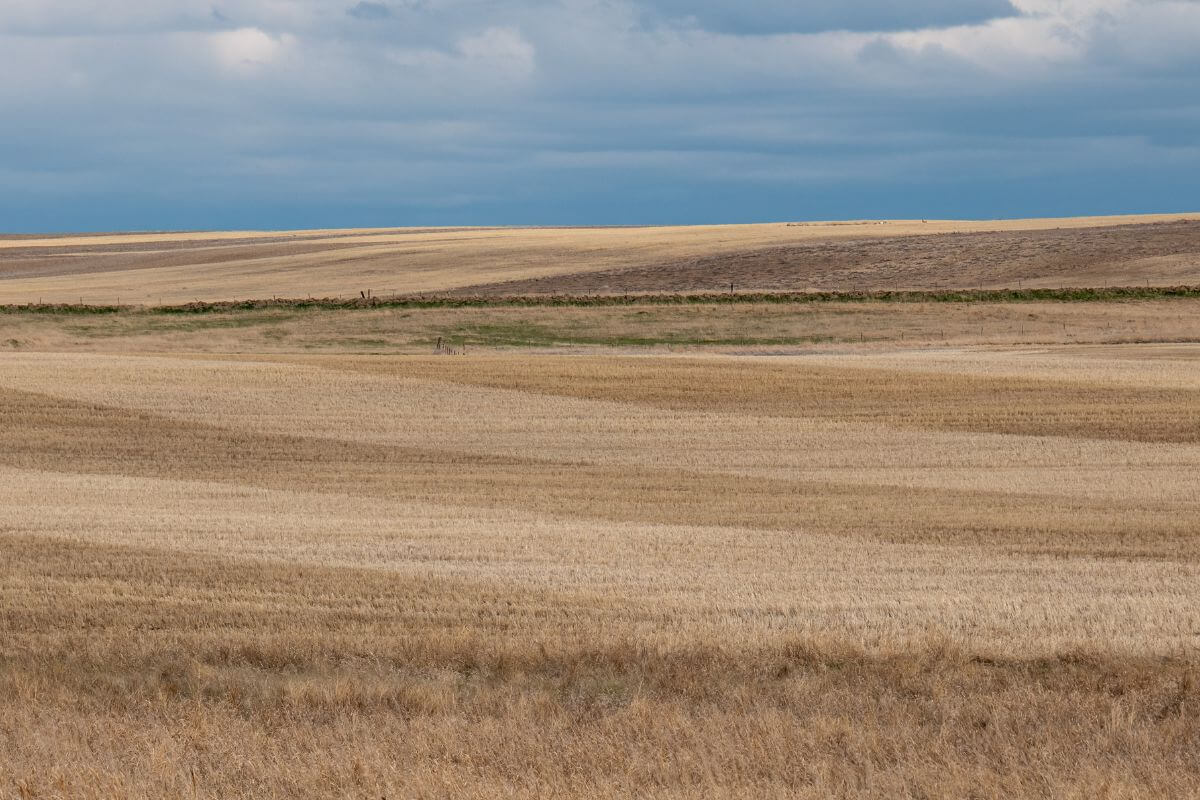
Montana, with its breathtaking landscapes and untamed beauty, holds a population that is as sparse as its open plains that stretch for miles.
The state has one of the lowest population densities in the United States, with just over 1 million residents inhabiting its sprawling 147,040 square miles. There’s more to that story, as shown in this demographic breakdown.
Montana Age Composition

Montana’s age composition paints an interesting picture of its population. As of July 1, 2022, according to the US Census, 5.1% of Montana’s residents are under 5 years old, while 20.8% are under 18 years old.
On the other end of the spectrum, 20% of the population is 65 years and over.
It’s worth noting that Montana’s median age has been gradually increasing over the years. In 2000, the median age was around 35.3 years, and by 2019, it had risen to approximately 39.8 years.
This figure is 1.4 years older than the national median age of 38.4 and places Montana’s residents further into middle age than the median resident of any of the ten other states in the continental western U.S.
According to the Montana Department of Public Health and Human Services Aging Services Bureau, the older adult population in Montana, aged 65 years and above, has been growing at a faster rate compared to other age groups.
This trend aligns with the national aging population trend.
Conversely, the younger population, the under-18 age group, has experienced slower growth or even decline in some areas.
This can be attributed to factors such as lower birth rates and the outmigration of young adults seeking educational or employment opportunities outside the state.
- Read more about Montana’s Migration Trends
Montana’s age demographics indicate the changing landscape of Montana’s population. As the state’s working-age population adjusts and evolves, it brings with it unique challenges and opportunities for the state’s future.
Montana Gender Breakdown

When it comes to gender breakdown, Montana showcases an interesting mix.
According to the latest data from the US Census in July 2022, the state has a nearly balanced ratio of females to males. With approximately 49.3% females and 50.7% males, Montana demonstrates a close divide in its population.
This balance is further reflected in the state’s workforce. Both males and females actively participate in various sectors and industries, contributing to the economic development of the state.
However, it’s essential to note that there might be variations in gender representation across specific professions and occupations.
Nevertheless, Montana recognizes the importance of gender equality and is actively working to address any disparities.
Efforts are being made to promote equal opportunities, especially in areas such as wages, leadership positions, and educational attainment.
Numerous organizations and initiatives are spearheading this cause, striving to create more inclusive and equitable opportunities for both genders across the state.
As the gender breakdown in Montana continues to evolve, it’s important to acknowledge these significant patterns and support ongoing efforts to ensure a more balanced and inclusive future for all.
Montana Education Status
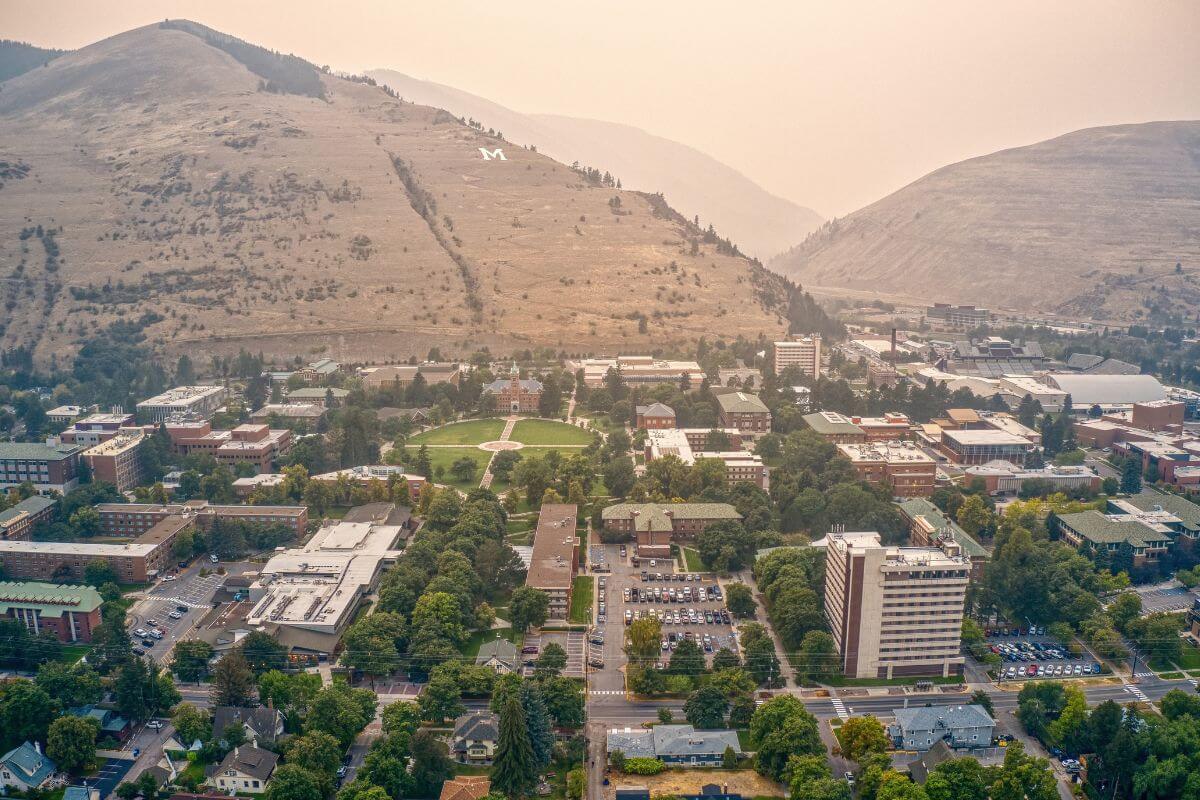
Education in Montana boasts a diverse landscape, with a range of universities and colleges catering to the state’s educational needs.
Montana’s notable institutions like the University of Montana, Montana State University, and Montana Tech ensure that students have access to quality higher education opportunities.
According to US Census data from 2017-2021, a staggering 94.4% of Montanans aged 25 and over are high school graduates or possess higher qualifications.
Furthermore, 33.7% of the same demographic have achieved bachelor’s degrees or higher. Efforts to address the educational needs of Montana’s Native American population are also prominent.
Tribal schools and cultural programs have been established in Montana to ensure that Native American students receive an education that acknowledges and respects their heritage.
In fact, around 10% of the state’s K-12 public school enrollment comprises Native American students, as reported by the Montana Office of Public Instruction.
Educational attainment and reducing achievement gaps remain ongoing priorities in the state.
Various initiatives are in place to enhance educational outcomes and ensure equal opportunities for all students, regardless of their location or socioeconomic status.
The Montana University System and tribal colleges play a significant role in providing students with pathways to higher education in the state of Montana.
Additionally, the state’s European American population, with influences from German and Scandinavian ancestry, enriches the educational landscape, fostering a vibrant and inclusive learning environment.
Montana Race and Ethnicity Distribution
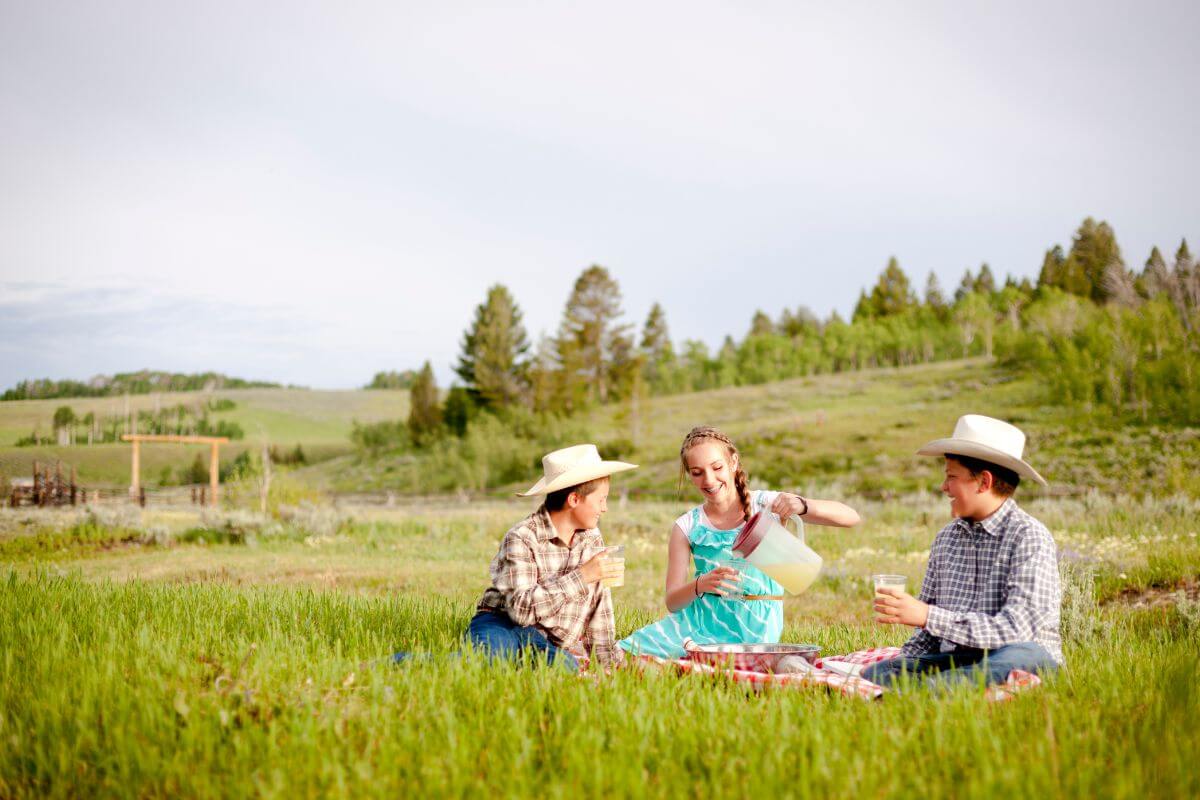
It is essential to consider the racial and ethnic composition of Montana to discover why it is sparsely populated.
According to the US Census, Montana’s racial composition is predominantly white, comprising 88.7% of the population.
Native Americans and Alaska Natives make up 6.5%, while other racial groups such as Asians, African Americans, Pacific Islanders, or Native Hawaiians have smaller representation.
Digging deeper into this demographic landscape, more than 90% of Montana’s population is of European descent.
These residents trace their roots to countries in northern, western, and eastern Europe, including Great Britain, the Netherlands, Italy, Ireland, France, Croatia, Germany, Russia, and Poland.
In terms of the Native American population, Montana stands out as the state with the sixth-highest percentage of Native Americans among all 50 states, with a population representing 6.1% of the total.
This rich Native American heritage adds depth and diversity to Montana’s cultural fabric and contributes to the state’s unique identity.
Understanding the racial and ethnic distribution of Montana helps shed light on the factors that contribute to its relatively low population density.
Montana Religion and Beliefs Distribution
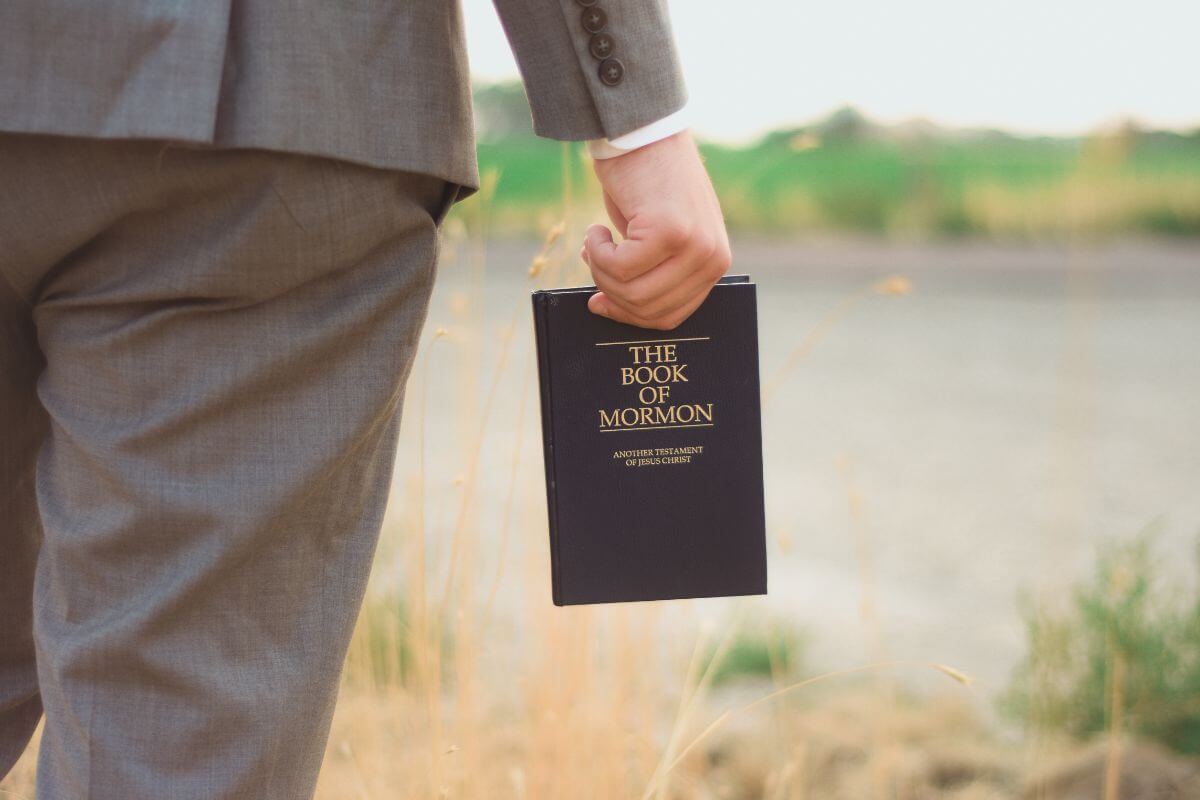
When it comes to religion and beliefs, Montana is a diverse and intriguing patchwork.
Around 65% of Montanans adhere to various Christian-based faiths, while 5% identify with non-Christian religions. The remaining 30% choose not to affiliate with any particular religion.4
The religion census estimates that Montana is home to an estimated 51,000 Mormons, 43,000 Lutherans, 32,000 Pentecostal Christians, 15,000 Baptists, 11,000 Methodists, and 7,800 Anabaptists.
This blend of Christian denominations brings a rich tapestry of traditions and perspectives to the Big Sky State.
Beyond Christianity, Montana also boasts pockets of alternative beliefs and practices.
The state is home to a growing New Age spiritual community, with individuals embracing alternative forms of spirituality and holistic living.
Additionally, Montana has a small, but vibrant, Jewish population that adds another layer of diversity to the religious landscape.
It’s worth noting that Montana also has a significant irreligious population, with approximately 30% of residents choosing not to align themselves with any religious tradition.
This freedom from religious affiliation contributes to the state’s overall sense of independence and individuality.
Montana’s religious and belief distribution reflects the state’s commitment to embracing different perspectives and facilitating a diverse cultural ecosystem.
Whether rooted in deeply held faith or guided by more introspective spirituality, Montanans find solace and belonging in their respective religious or non-religious beliefs.
Montana Population Final Thoughts

Montana, known for its vast landscapes and breathtaking natural beauty, has long been a state with a relatively low population.
Throughout its history, Montana has experienced population fluctuations influenced by various factors.
In recent years, Montana has seen an influx of immigrants seeking to embrace its rugged charm and escape the hustle and bustle of urban life.
However, extreme temperatures, the presence of wildlife, and limited economic opportunities, among other challenging living conditions, still make Montana a lowly-populated state in general.
Montana’s low population is not a mere coincidence, but a result of the unique blend of challenges it presents.
However, for those who are willing to embrace the rugged and independent spirit of the state, Montana offers a truly one-of-a-kind experience.
Montana Population FAQs
1. Is Montana Very Populated?
Not at all. In fact, it is one of the least populated areas in the United States. With an average of just 6.86 people per square mile of land, Montana ranks as the 48th most densely populated state in the country. There are several factors that contribute to this low population density.
2. Is Living in Montana Hard?
Many would say yes and for good reason. The challenging temperatures, the unforgiving dangers of wildlife, the isolated living, the long commutes to work, and the lack of economic opportunities all contribute to making life in this sparsely populated state a difficult endeavor.
With its low population density and sparse settlements, Montana lacks the bustling population centers found in other states. As a result, residents often find themselves living in remote areas, far away from basic amenities and services.
3. Is Montana a Good Place to Live?
Montana, with its natural beauty and vast landscapes, offers a unique living experience that appeals to those seeking solitude and a connection with nature.
Its low population density provides an opportunity for individuals to find peace and tranquility in the midst of breathtaking scenery.
With an abundance of outdoor recreational activities including hiking, fishing, and skiing, residents can fully embrace an active and adventurous lifestyle.
4. What Percentage of Montana Is American Indian?
6.5% of Montana’s population is Native American and Alaska Native. That is according to the US Census. Both of these communities are tagged as Montana’s first settlers way before the arrival of European colonialists.
Through the years, forced relocations to reservation systems have posed a challenge to many Native American communities in Montana and this in turn has affected their population growth.
5. How Much of Montana Is White?
According to the US Census, 88.7% of Montana’s population is white.
It is pretty evident that there is a dominant white population in the state and this contributes to Montana’s unique demographic landscape and diversity.
In light of these statistics, it is important to acknowledge and understand the racial makeup of Montana, as it shapes the cultural fabric and representation within the state.
If you’re interested in learning more about Montana, check out these engaging articles for a wealth of information about the state:
- Montana’s Draw for Famous Faces
- Label for Montana Dwellers
- Undesirable Places in Montana
- Montana Retirement
- https://www.umt.edu/this-is-montana/columns/stories/montana_regions_2of3.php
- https://www.acf.hhs.gov/ana/fact-sheet/american-indians-and-alaska-natives-numbers
- https://www.cdc.gov/nchs/pressroom/states/montana/mt.htm
- https://mt.gov/discover/brief_history.aspx
- https://mhs.mt.gov/education/IEFA/1stPeoples.pdf
- https://leg.mt.gov/content/Publications/fiscal/2021-Interim/Jan-2020/Demographic-Report-FINAL.pdf
- https://opi.mt.gov/
- https://mtcf.org/womens-foundation/
- https://data.census.gov/cedsci/
- https://dphhs.mt.gov/sltc/aging
- https://commerce.mt.gov/Research-Publications
- https://commons.wikimedia.org/wiki/File:A_Village_by_a_Lake_in_Glacier

